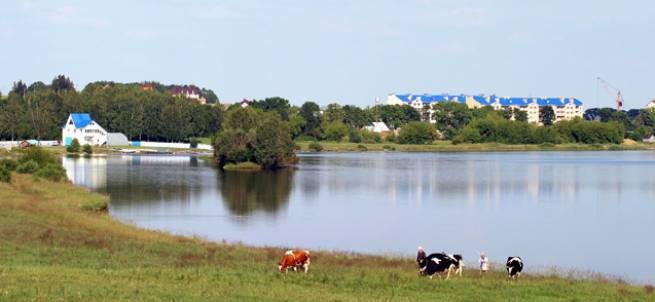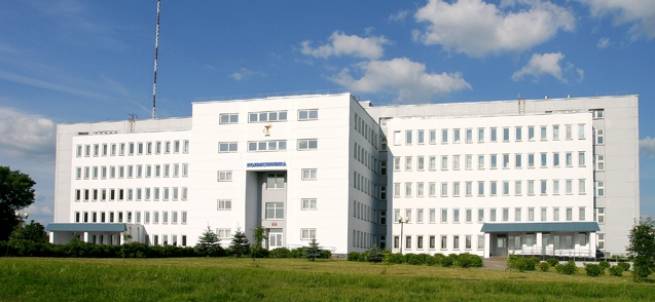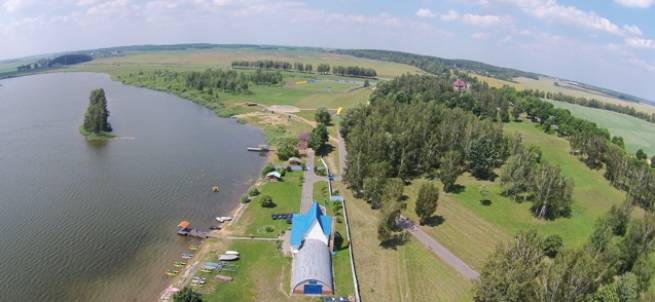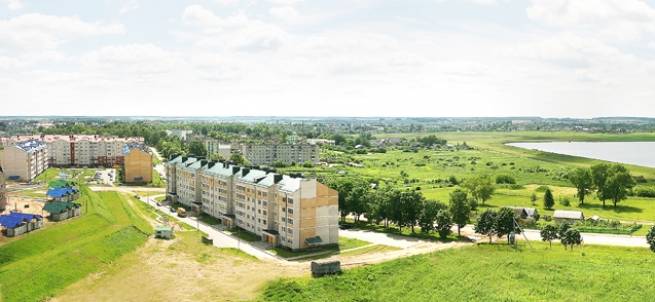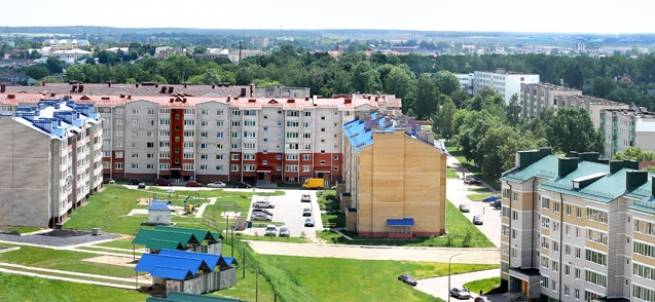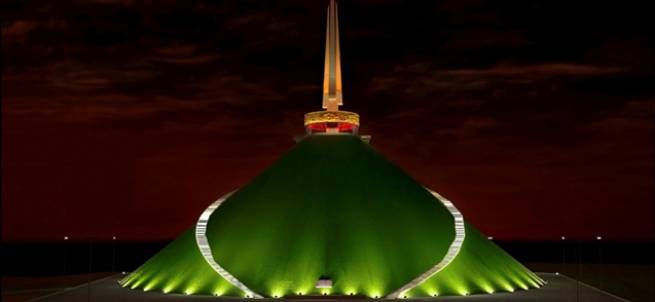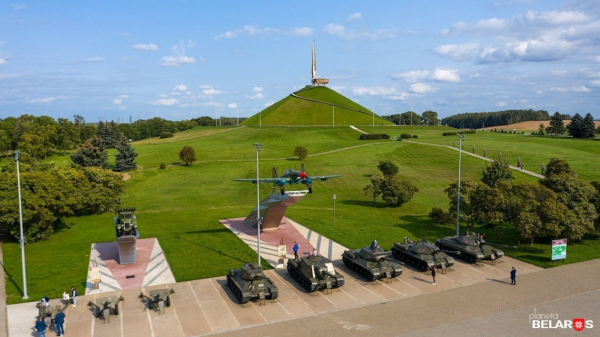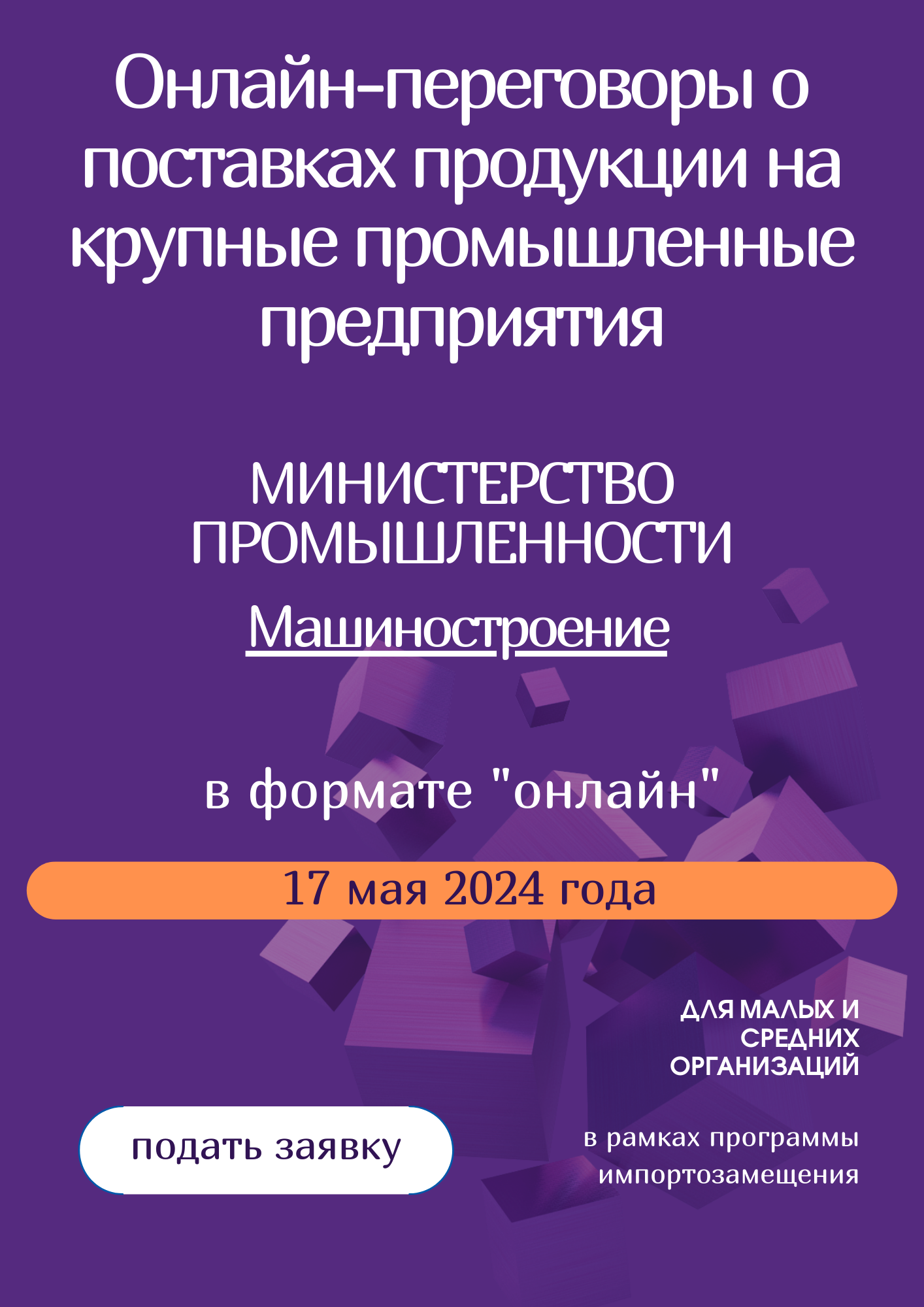ADDRESS:
222201, Minsk region,
Smolevichi, st. Sovetskaya, 125 (working hours)
Reception phone: +375 (1776) 4-42-91 "hot line"
Fax: +375 (1776) 2-76-33
Telephone "hot line" of the district executive committee: +375 (1776) 4-42-91 "hot line"
The "hot line" of the Municipal Unitary Enterprise "Smolevichskoe Housing and Public Utilities" is open from 8.00 to 13.00 and 14.00 to 17.00 Monday-Friday by phone +375 (1776) 2-73-68
Single number of reference service "one window" - 142
E-MAIL: isp@smolevichi.gov.by (for business correspondence), the section "Electronic Appeals" for appeals from citizens and legal entities.
user1
Приём граждан, их представителей, представителей юридических лиц и проведение «прямой телефонной линии»
21 сентября 2023 г.
в здании Смолевичского райисполкома
(г. Смолевичи, ул. Советская, д. 125)
с 10:00 до 11:00 часов
состоится прием граждан,
их представителей, представителей юридических лиц
и
с 11:00 до 11:30 часов
состоится проведение
«прямой телефонной линии»
по телефону 801776 50770
директором
государственного предприятия «Миноблпассажиртранс»
Кохно
Александром Владимировичем
Предварительная запись на прием
по тел: (801776 25 8 91;8 01776 44 8 92)
с 8:30 до 13:00 часов и с 14:00 до 17:30
до 10.00 19.09.2023
Об остановке вещания
Филиал "Междугородная связь" информирует Вас о проведении планово-профилактических работ на АРТПС Плещеницы 20.09.2023г. с 09.15 до 16.15
В связи с этим на территории Логойского, Борисовского, Вилейского, Смолевичского районов Минской области, Докшицкого района Витебской области будет отсутствовать прием от АРТПС Плещеницы эфирного телевидения и радиовещания в дневное время 20.09.2023г. с 09.15 до 16.15
Премьера фильма "На другом берегу"
Приём граждан, их представителей, представителей юридических лиц и проведение «прямой телефонной линии»
21 сентября 2023 г.
в здании Смолевичского райисполкома
(г. Смолевичи, ул. Советская, д. 125)
с 10:00 до 11:00 часов
состоится прием граждан,
их представителей, представителей юридических лиц
и
с 11:00 до 11:30 часов
состоится проведение
«прямой телефонной линии»
по телефону 801776 50770
директором
государственного предприятия «Миноблпассажиртранс»
Кохно
Александром Владимировичем
Предварительная запись на прием
по тел: (801776 25 8 91;8 01776 44 8 92)
с 8:30 до 13:00 часов и с 14:00 до 17:30
до 10.00 19.09.2023
Ситуационная помощь инвалидам
В целях реализации Закона Республики Беларусь от 30 июня 2022 г. № 183-З «О правах инвалидов и их социальной интеграции», постановления Совета Министров Республики Беларусь от 18 октября 2022 г. № 701 «Об изменении постановления Совета Министров Республики Беларусь от 13 июня 2017 г. № 451», Правил обеспечения доступности для инвалидов объектов социальной, транспортной и производственной инфраструктуры, транспортных средств и оказываемых услуг, оценки уровня их доступности, утверждённых постановлением Совета Министров Республики Беларусь от 21 ноября 2022 г. № 796, в управлении по труду занятости и социальной защите Смолевичского районного исполнительного комитета разработана и утверждена приказом инструкция по оказанию ситуационной помощи инвалидам.
Согласно инструкции инвалиду, сопровождающему его лицу, при необходимости посещения здания, в котором расположено управление с целью получения консультации или информации, предоставляемых управлением, рекомендуется предварительно сообщить об этом работнику управления, за которым закреплены обязанности по оказанию ситуационной помощи, указав характер и объем требуемой ситуационной помощи.
Контактные номера телефона работников управления по труду занятости и социальной защите Смолевичского районного исполнительного комитета, за которыми закреплены обязанности по оказанию ситуационной помощи инвалидам:
8 (01776) 29496 – главный специалист отдела пенсионного обеспечения Петрович Екатерина Сергеевна, главный специалист отдела пенсионного обеспечения Молчан Светлана Михайловна.
SITE DEVELOPMENT - UE «MINSKAYA VOLNA» | INFORMATION SUPPORT UE Information agency «MINSKAYA PRAVDA»








